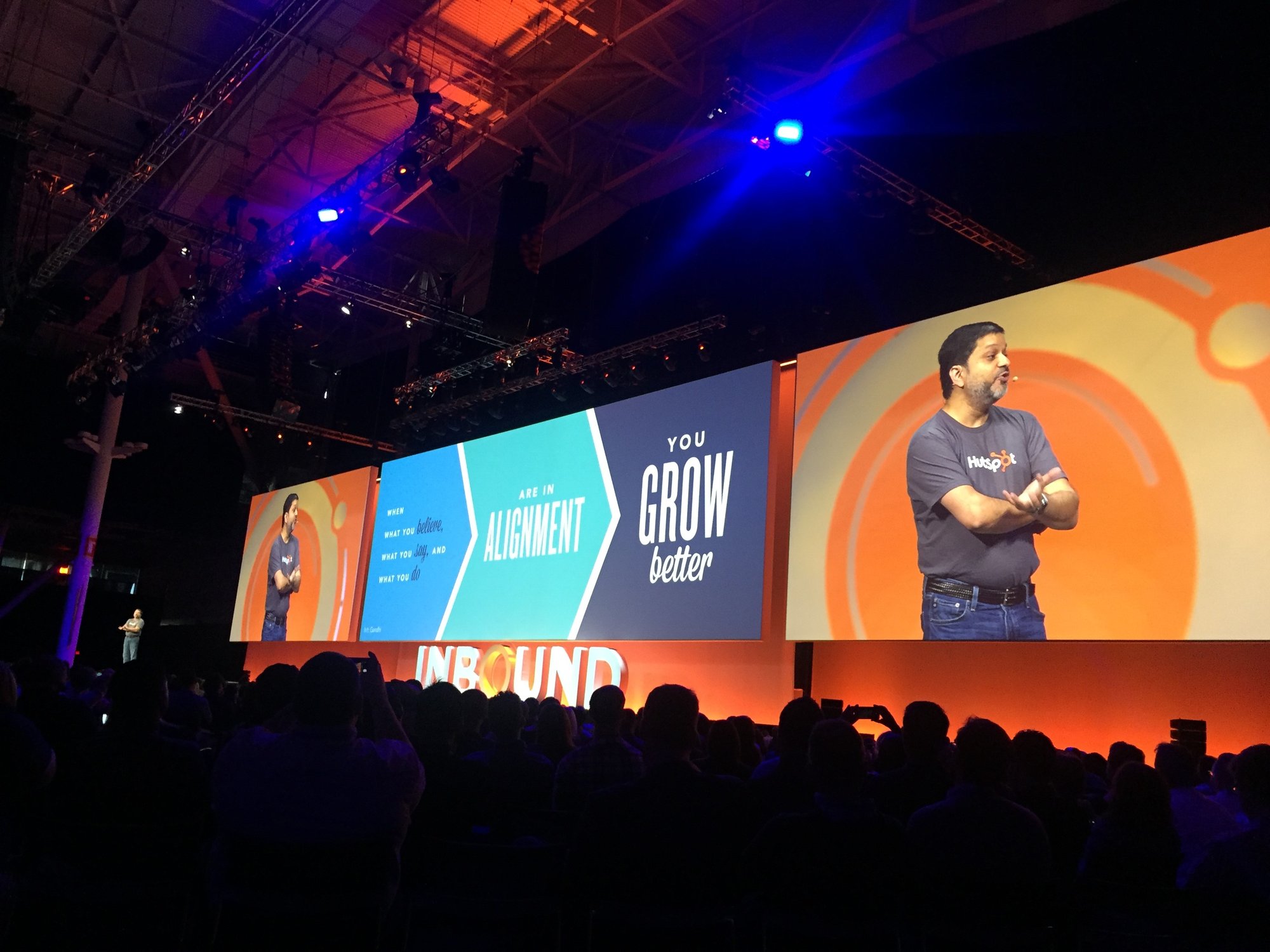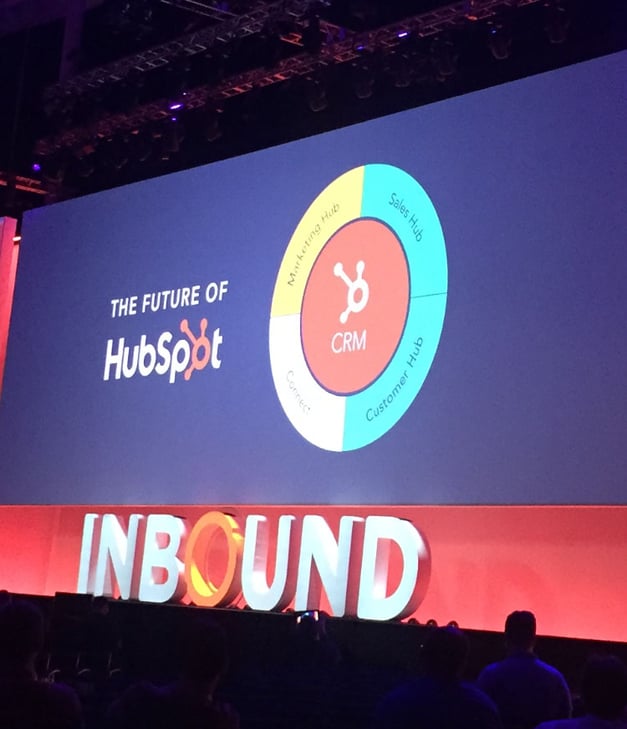
As a key account manager and business strategist at Zooma, Ingrid keeps close to customers’ needs and activities.
Keep me updated!
Subscribe

On Tuesday HubSpot presented an update to their product strategy on what’s next for the platform. In his presentation, Darhmesh Shah, co-founder of HubSpot, said that ‘when what you believe, what you say, and what you do—are in alignment, you grow better.’ What does this mean for HubSpot and marketers?
It seems like this is just what HubSpot is doing when they now add a suite of new tools to the HubSpot platform. These additions will mean that professional marketers will have better possibilities to handle the whole customer journey more efficiently and with even better results. It should all be aligned around what the customers want and need, presenting a delightful end-to-end experience.
First of all, you can watch Brian Halligan’s and Dharmesh Shah’s full keynote here. It will give you a good sense of the direction in which HubSpot is going for the next year or so.
After Brian and Dharmesh, Christopher O’Donnel, VP of product at HubSpot presented more details on what’s new in the platform. Read all about it here. Overall, the perception is that HubSpot is becoming more of a platform than a solution on its own.
The platform now consists of four hubs where the Customer Hub is completely new. The addition of the Customer Hub means the platform will enable companies to improve the entire customer experience, from end-to-end, automated customer feedback and NPS to knowledge centre, sentiment analysis, customer inquiry management, live chat and ticket escalation.

Part of the Customer Hub ‘Conversations’ was announced, but will not be available until 2018. When launched it will be an addition to HubSpot CRM free that will help all teams manage, scale, and leverage one-to-one communication across their site pages, Facebook, Slack, and other messaging channels in a unified inbox.
Enhancement to social tools inside HubSpot Marketing Hub includes new Facebook lead ads integration, Facebook ads audience sync, video publishing and Instagram integration.
A new campaign reporting engine helps customers tie campaigns directly to traffic, leads, and revenue.
Native integration with Shopify, a leading multi-channel commerce platform. The native integration allows shared customers to seamlessly bring Shopify and its data, including customers, orders, and products, into the HubSpot platform.
Coming in handy is the new content strategy tools which help customers to organize the content into topics, something that is becoming a new standard. The tool crawls your site and suggests topics based on relevance, competition, and popularity.
Major enhancements are being made to the CRM which will make it easier to manage and better adapt to the sales team. Some of the improvements are automation tools, CRM customisation, team management, artificial intelligence and reporting. The sales team can use the tools on Android, iOS and iPad devices. The new full CRM will not be free.
A final conclusion for this news post. It is becoming much more ‘how companies sell’ than ‘what they sell’. End-to-end experiences are more difficult to put in front of competition than products. That is why it is so important to have a process that also includes the delight phase. Or as Brian Halligan put it in his keynote
‘You need product market delight to get to scale up mode’.
Soon, customers will expect a messaging presence (based on conversations) just like a web presence is expected now, and in the past, it was phone presence. With this in mind, HubSpot is investing heavily in AI and bots to make messaging scalable.

Stay tuned for more knowledge and inspiration from INBOUND17.
